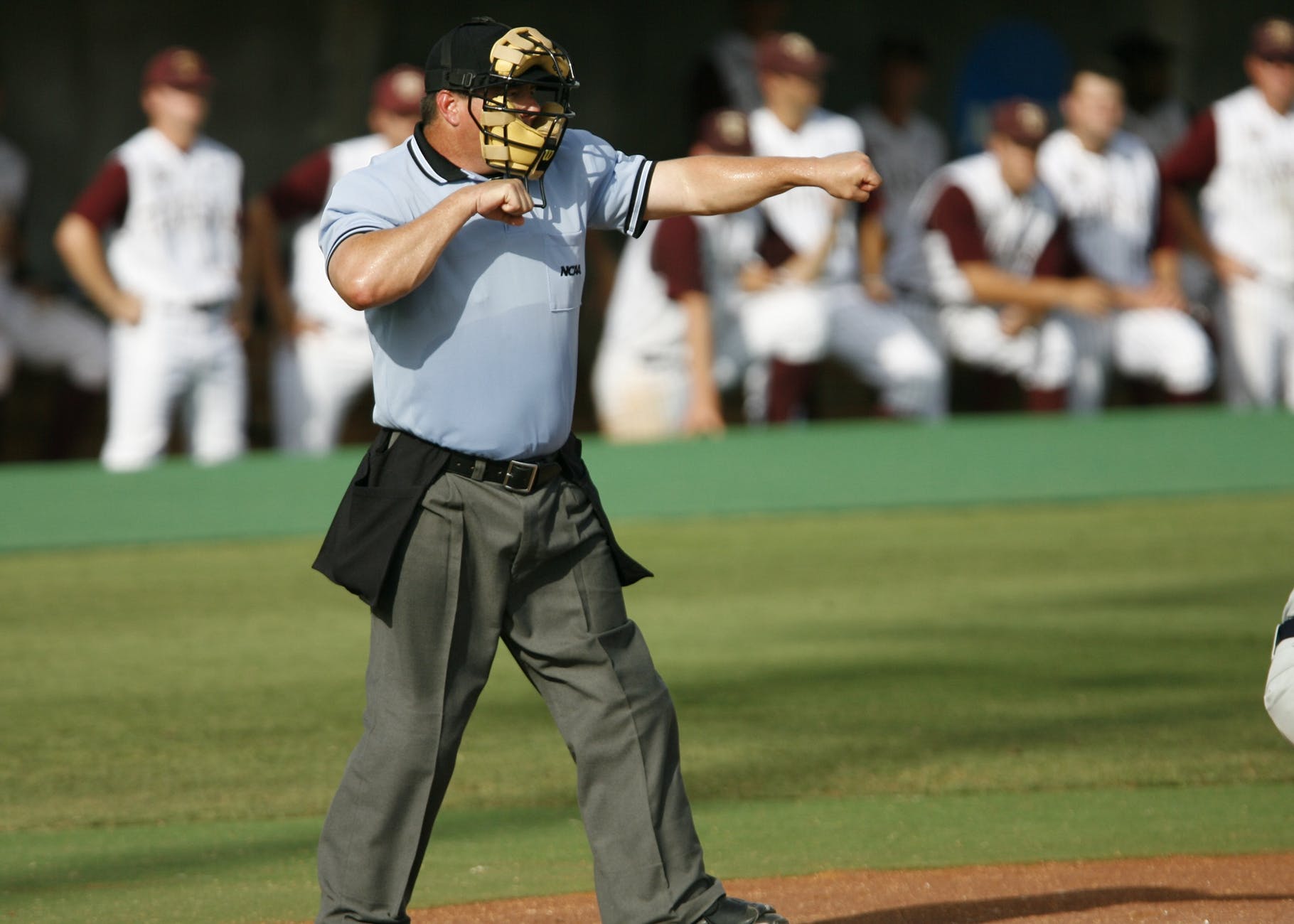[I wrote this satire when I was Executive Director of the AI lab at NYNEX back in the 1990’s. At that time, “Business Process Re-engineering” was a huge management fad. Here’s how it worked, in short. Consultants would ask top executives how their part of the organization worked. Then, the consultants would make a map of one of the processes of the organization. This was called the “As Is” map. Then, the consultants would simplify that to produce the map of the ideal (and supposedly more efficient) process. Then, the executives would pay the consultants a bunch of money and insist that their organizations stop using the “As Is” map and instead do things according to the “Should Be” map. In a few cases, there were some inefficient processes that were replaced with better ones. But in many cases, the “As Is” map was made based on a fantasy of what was going on in the organization. Unless the executive had “worked their way up the ranks” by actually doing the jobs, these “As Is” maps were almost certain to be ridiculous over-simplifications. Even if the executives had worked their way up, they could still be way off because markets change, technology changes, and workers change. Despite the fact that I wrote this about 25 years ago, to me, it seems much like the kind of ignorant and egomaniacal over-simplified mis-thinking that is rampant in the Trumputin Misadministration. So, I thought it appropriate to publish. (And, I miss baseball).]
In a surprise move today, the take-over executive known affectionately as B. S. announced a take-over of the New York Yankees.
INTERVIEW ONE
B.S.: “The Yankees are facing new competitive pressures, and we will be bringing our management skills to the team to help them deal with those pressures and increase shareholder value while maintaining player morale and improving customer service.”
Reporter: “So, what exactly will you be doing?”
B.S.: “First, we brought in an outside Management Consulting Firm. Just between you and me, we paid them big bucks! But it was worth it.”
Reporter:”Worth it how? What will you be doing?”
B.S.:”Well, for starters, we’re downsizing the on-the-field team from nine to six players.”
Reporter:”Uh….did these management consultants actually know how to play baseball?”
B.S.”Probably. Maybe. I don’t really know. But that’s not the point. They are top-notch accountants. We plan to increase our operating efficiency 33%.”
Reporter:”Fascinating. Any other plans.”

B.S.:”We have to be willing to change, you know, flow with the times. Once, spring training made sense. But in today’s highly competitive economy, we won’t be able to afford frills like that.”
Reporter: “Cool. No training. That should save some bucks!”
B.S.:”You said it! We have to pay for our big executive bonuses somehow. After all, we deserve to make more money for … well … for being rich.”
Reporter: “Any other productivity measures?”
B.S.: “Well, this inventory of bats, balls, mitts — I mean that has just gotten completely out of hand. Sure, I suppose we should keep a bat for the team, but having all those individual bats? Nonsense. And, don’t get me started on mitts!”
Reporter:”No mitts? Won’t that decrease your fielding effectiveness?”
B.S.:”No, we have a Quality Process to improve our fielding effectiveness. Besides our management consultants pointed out that cricket fielders don’t use mitts.”
Reporter: “Well, Mr. B.S., I think the Yankee fans are in for a real — a really different experience this season.”
B.S.: “Thanks! And, believe me, Wall Street has already taken notice. The Market to Book value is up 10% already. Just wait till we move into the football market.”
Reporter: “Football?”
B.S.:”Sure. There’s no reason at all these ball-players can’t make themselves useful in the off-season by playing football.”
Reporter:”Well, with a few exceptions, it takes a different set of skills — and a different body type even to —“
B.S.:”B*** S***! That’s what those nambly-pambly unions would like you to believe. Didn’t you play football and baseball when you were a kid? Huh?”
Reporter: “Well, yes, but not at a professional level. I mean….”
B.S.”Well, we’re going to increase shareholder value. Period. End of discussion.”
INTERVIEW TWO
Reporter: “So, B.S., how is your plan going?”
B.S.: “Great! Fantastic!”
Reporter: “So, you’re winning ball games then?”
B.S. “We are meeting all our financial targets for cost-containment. In fact, our top-notch accounting team has uncovered another big cost savings.”
Reporter: “Really? What?”
B.S.:”We’re going to outsource our pitching. No more high-paid prima donnas! Nope. We’ve found a vendor who can provide pitching for 1/10 of our current costs!”
Reporter: “Hmmm. I don’t know. They say, pitching is 80% of baseball.”
B.S.: “Exactly, my point, boy!”
Reporter: “Well, are you actually winning games?”
B. S. “I already told you, our costs are down significantly!”
Reporter: “Yes, but when you actually get out on the field, do you score more points than your opponents?”
B.S. “There are some temporary performance anomalies — mostly due to bad weather — and the lack of cooperation on the part of the Umpire’s Union.”
Reporter: “Lack of cooperation?”
B.S. “Yes, the Umpire’s haven’t quite adjusted to the new realities of competition. Once they make the proper adjustments to the strike zone, I have every confidence that we will be fully compatible run-wise with others in our segment of the league.”
Reporter: “I see….”
B.S.:”Meanwhile, we’re also improving and upgrading our capital infrastructure.”
Reporter: “You mean…the stadium?”
B.S.”Exactly. We’re replacing the concrete with much newer high-tech polypropylene glycol embedded styrene.”
Reporter: “Oh. Will you be replacing those hard seats?”
B.S. “Seats? Don’t be ridiculous. That would be way too expensive.”
Reporter: “Well, how will the stadium be different — from the fan’s perspective?”
B.S.: “Fans? Oh, fans. It will be a much more modern, more high-tech stadium.”
Reporter: “So, how will the actual experience of the fans be different?”
B.S. “Did I mention that our stock price has risen 5%? Wall Street knows what’s best for baseball!”
Reporter: “Perhaps, but according to our wire service, you lost last night to Cleveland, 26-0. That’s….”
B.S.:”That’s a temporary aberration! I told you! The Umpires have got to get on board here. We’re only asking a proportional shrinkage in the strike zone to match our cost-containment figures. Our new policies are a success. We don’t need to be questioned by nay-sayers spouting statistics. This interview is over!”
INTERVIEW THREE
Reporter: “So, BS, I hear your team has surpassed the opening losing streak record of the Pittsburg….”
BS:”Bah! Our expenses are down! Our stock price is UP!”
Reporter: “How about the fans? How’s the attendance?”
BS: “Attendance? It takes time for our end users to adjust to the interface changes, but they will. After all, what are they going to do, take a ride to Seattle just to watch a live ballgame?”
Reporter: “Well — or, maybe across town.”
BS: “Get serious. It takes less time to get to Seattle. Anyway, we have taken some of the surplus and hired some systems analysts to help us out. We should be on a winning streak in no time!”
Reporter: “Wouldn’t it maybe make more sense to hire some — you know, outfielders, say?”
BS: “You obviously don’t know anything about business. That’s why they hired me. Ever hear of the expression ‘a level playing field’?”
Reporter: “Yes, but what … ?”
BS: “Well, we are not going to have one! Not much longer! Our system analysts have designed a system to tilt the entire stadium on command. So — in short, our ball-players will be hitting DOWNSLOPE while the opposition will be hitting UPHILL! Come on. Tell me I’m brilliant! And, we are moving the stadium to a place where the tax rate is less and the real estate is cheaper! Go ahead! Tell me I’m brilliant!”
Reporter: “Uh, you’re brilliant, but — ah — won’t your opponents object?”
BS: “Who cares? Our lawyers have combed the rule book and the UCC and NOWHERE does it mention anything about not tilting the earth!”
Reporter: “Well, maybe not specifically, but surely on the basic principles of fair play….”
BS: “Ha hah hahahahhh! Oh, you really crack me up! ‘Basic Principles of Fair Play!’ Oh, that’s rich. That’s realllllly rich. Yes. Good one. Listen, sucker, if you can get away with it, it’s what you do! Have you been asleep? Ever hear of tobacco companies? How about the Ford Pinto? Billionaire Milliken? Get real!”
Reporter: “Still….somehow, I always thought of baseball as a sport.”
BS: “Oh, right. And, I always thought of Howard Stern as Marilyn Monroe. Geez. Our profits will soar! Our profits will soar! Oh, so many plans. Fewer squares! Fewer innings! Fines for foul balls! Fines for run homes! Fines….”
Reporter: “Excuse me, did you say ‘run homes’?”
BS: “Yeah, those things — don’t you call them run homes — where the guy loses the baseball? Talk about waste!”
Reporter: “Those are Home Runs. That’s one good way to win ball games.”
BS: “Yeah, whatever. Maybe to you. To me, they are an unnecessary waste. Just like second square.”
Reporter: “Second square? You mean, ‘second base’?”
BS: “Whatever. That little square bag out there in the middle of the sandyfield.”
Reporter: “Have you ever actually played baseball?”
BS: “Me? I was too busy for frills, my friend. Too busy making my first million. And I did it through hard work and ingenuity. I did it in high school. It wasn’t easy either. Do you know how many of those little first grade brats you have to shake down for lunch money just to get a thousand bucks?”
Author Page on Amazon
Donnie Plays Bull-Dazzle Man
Donnie Learns Golf!
Donnie Plays Doctor Man!
Donnie Plays Soldier!
Donnie Visits Granny!
Donnie Gets a Hamster!
Myths of the Veritas: The Orange Man
The Truth Train
Winning by Cheating is Losing
Trumpism is a New Religion





































































